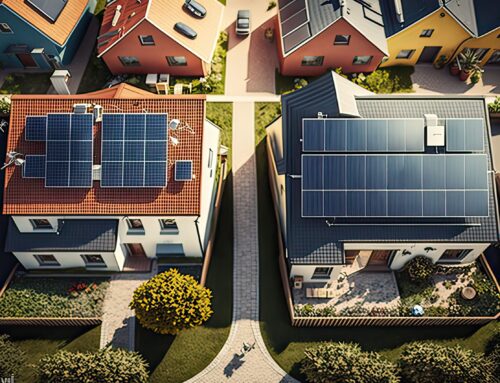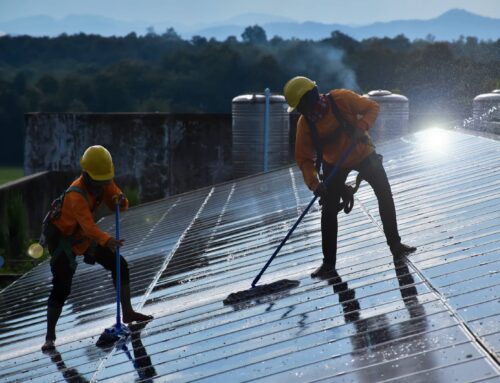How is your roof? Is it in need of replacing? If that’s the case then this is also the perfect time to consider adding solar at the same time. With your roof already going through an upheaval you can benefit from adding solar at the same time. Here’s what you need to know:
Costs:
The average cost to replace a roof is about $10,000, depending on the size of the roof and other factors, and it will last anywhere from 20 to 50 years depending on the materials used. According to the National Renewable Energy Laboratory (NREL), the average cost of installing a residential rooftop solar array is $19,000. Combined with a roof replacement, the total bill can amount to nearly $30,000; however, NREL researchers estimate that when done together, the average cost could be $25,000, potentially saving homeowners an average of $4,000. You may also be eligible for the federal tax credit for solar photovoltaics, which could increase your savings by providing a tax credit for 26% of the cost of solar arrays installed in 2021 or 2022. You can find other potential savings at the Database of State Incentives for Renewables & Efficiency.
One reason for these savings is that roofers and solar installers often have partnerships that can benefit homeowners. Now that isn’t the only way you’ll save by choosing solar during a roof replacement. Solar panels last about 25-30 years, which is similar to the lifetime of a roof. By doing both at the same time, you avoid needing to have your solar panels re-installed after replacing your roof, which can save money in the long-run.
Yet another financial benefit is the value solar adds to your home. Solar panels are viewed as upgrades and home buyers across the country have been willing to pay a premium of about $15,000 for a home with an average-sized solar array. Additionally, there is evidence homes with solar panels sell faster than those without.
If, like many Americans, you don’t have the required up-front cash to complete both a roof replacement and solar installation on your home, you do you have options. In addition to traditional loans that will allow you to own your system, you can also lease your solar panels or sign a power purchase agreement (PPA) with a local solar company. A PPA enables the solar company to install panels on your roof that they own and the power generated is sold back to you by the solar company at a fixed rate that is typically lower than the utility’s retail rate. If your salary is considered low to moderate income, there are a number of state programs that support roof replacement in their solar programs, as well.
The planet:
In order to decarbonize the electricity sector, the U.S. needs to increase installations of solar to roughly 70 gigawatts (GW) per year by the end of the decade (up from 19 GW in 2020). Installing solar on new homes or during roof replacement represents about 30 GW of potential solar capacity added every year—that would make a huge dent in the carbon emissions from the U.S. That extra solar capacity would also reduce the country’s impact on climate change, in addition to the energy efficiency benefits of a new roof—especially if the new roof is reflective or a green roof.
Making any large investment in your home requires careful consideration. But when you weigh the pros and cons of going solar, you’ll see that it makes financial sense—and it helps our environment at the same time. While up-front costs can be a barrier, financing and low- to moderate-income programs in some states are available to help you go solar while still realizing savings. We at DOE are continually working to help reduce costs and make solar more accessible to all Americans.





